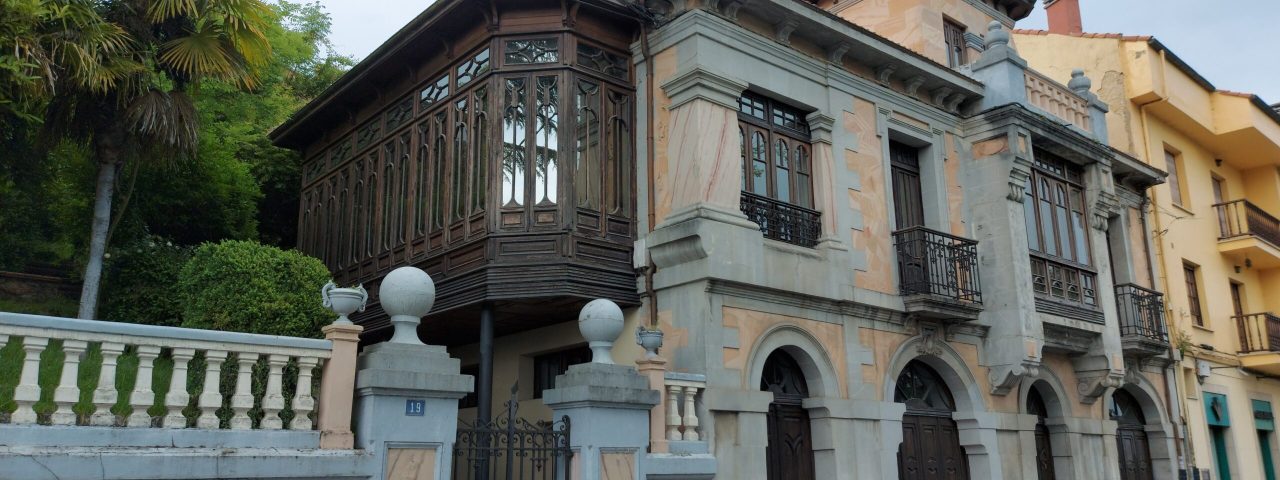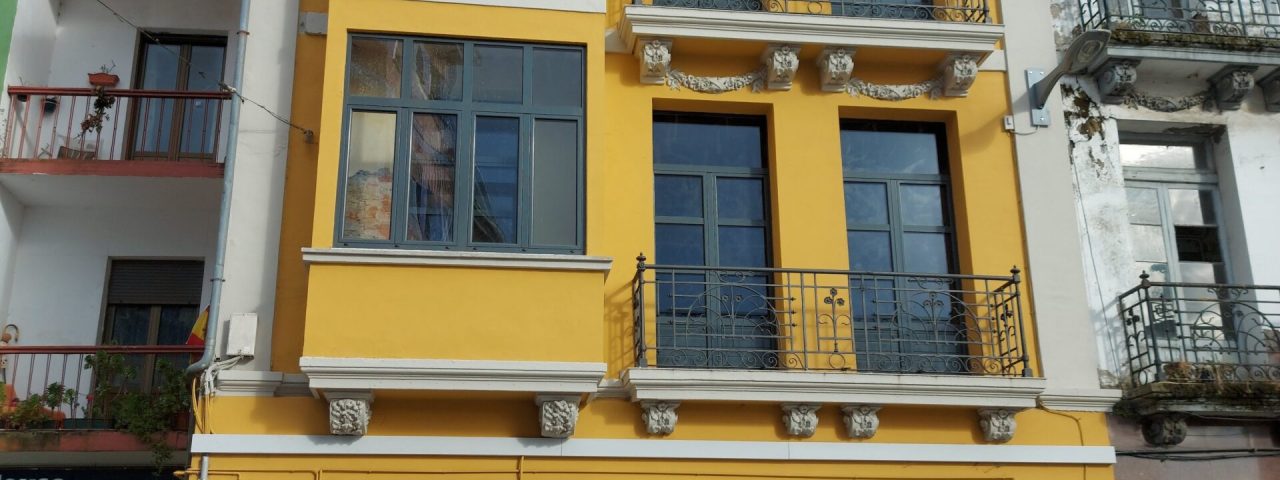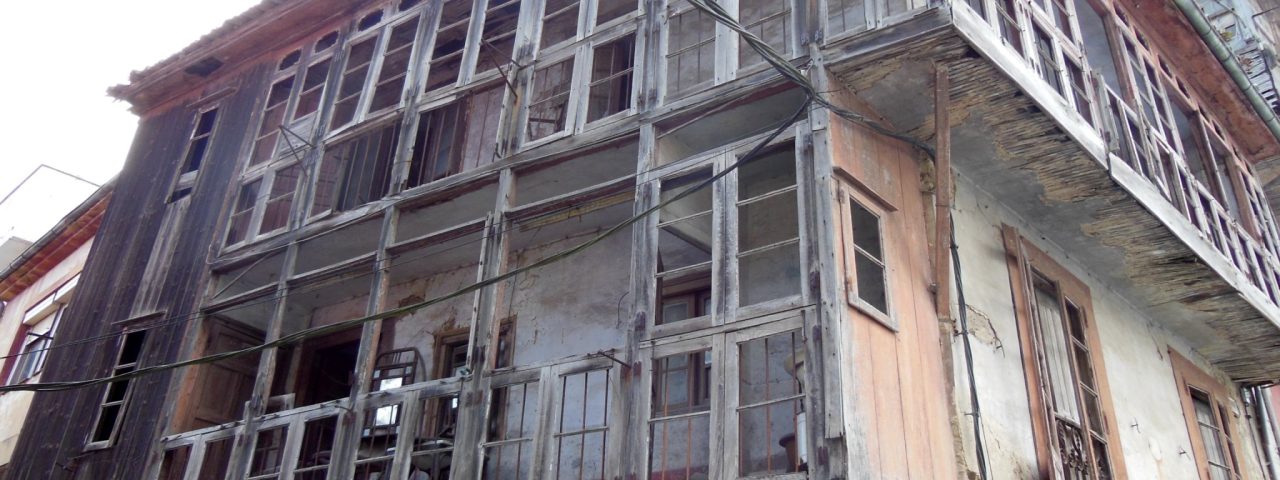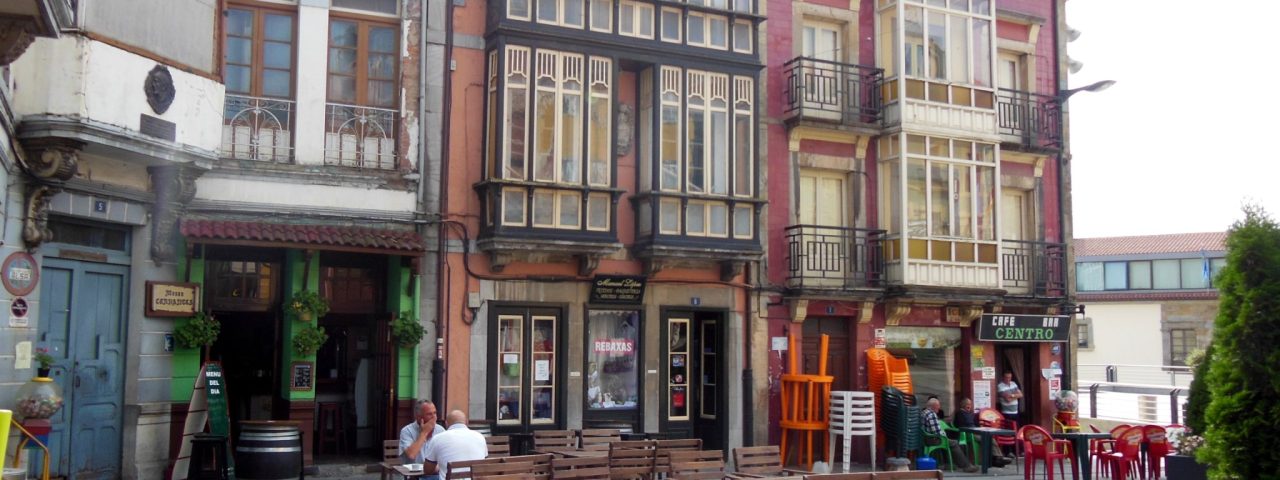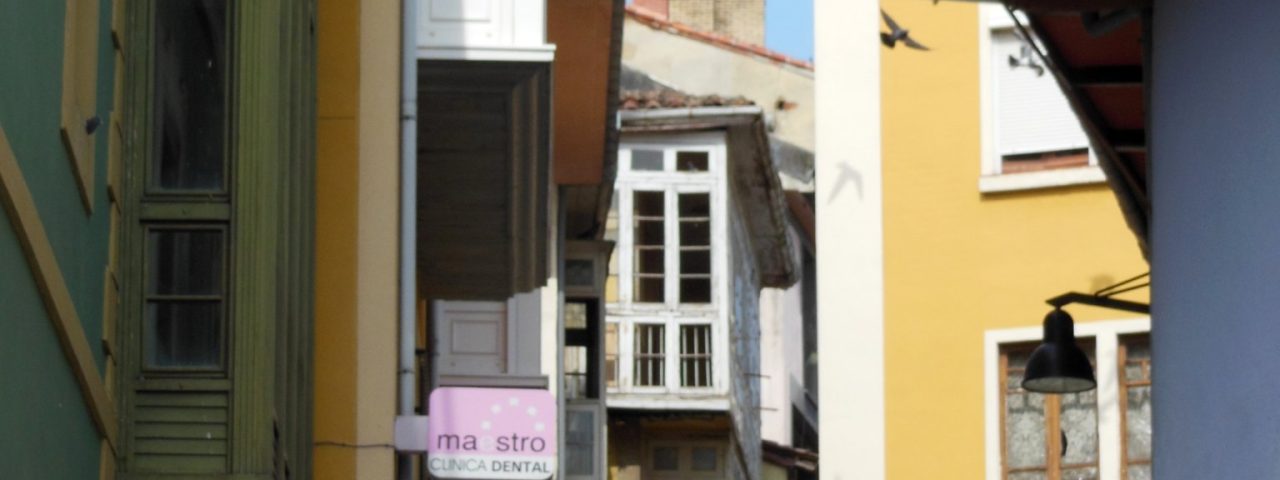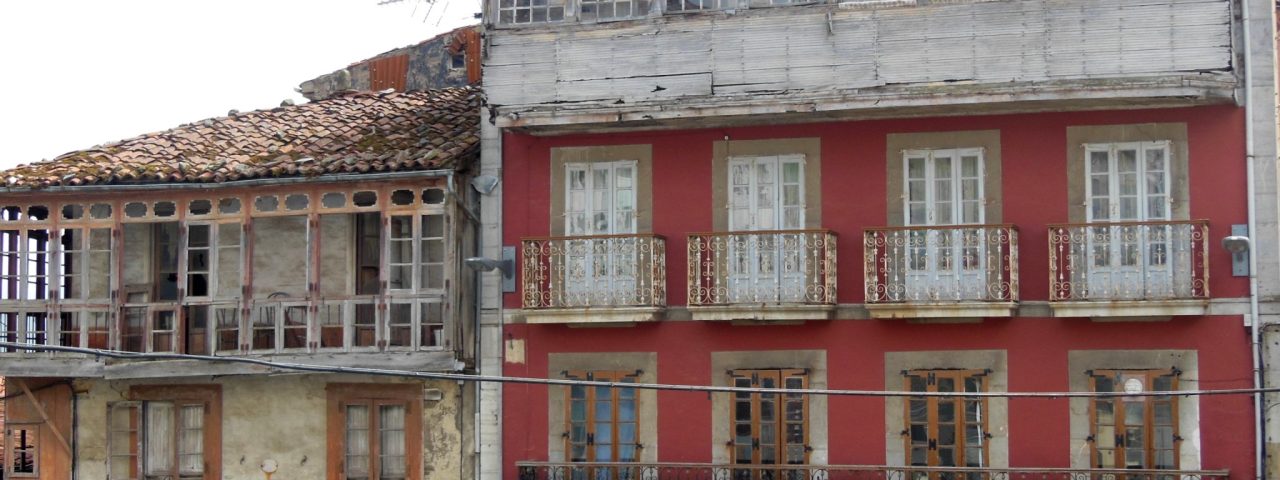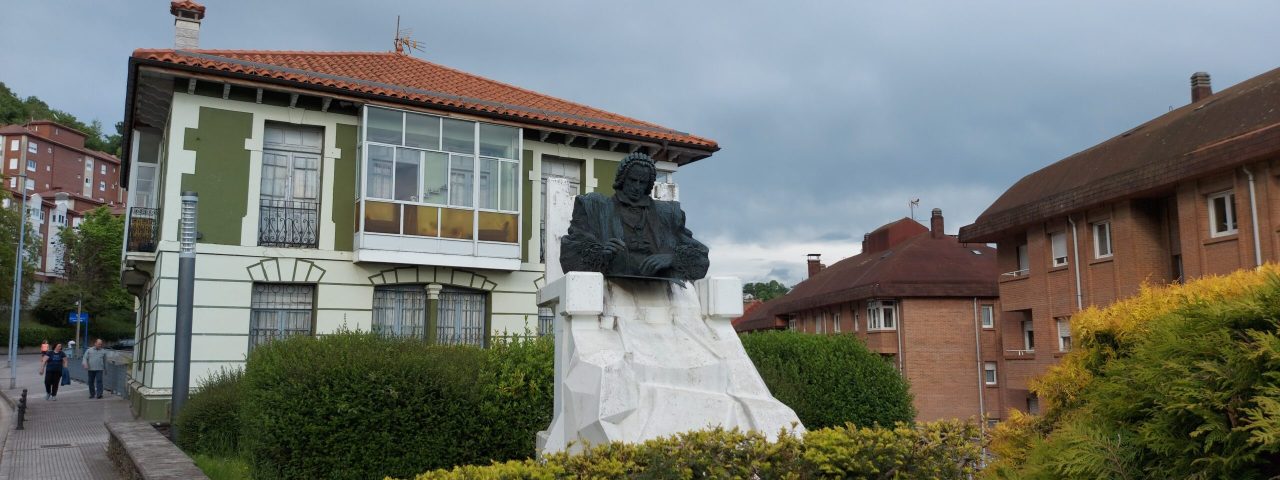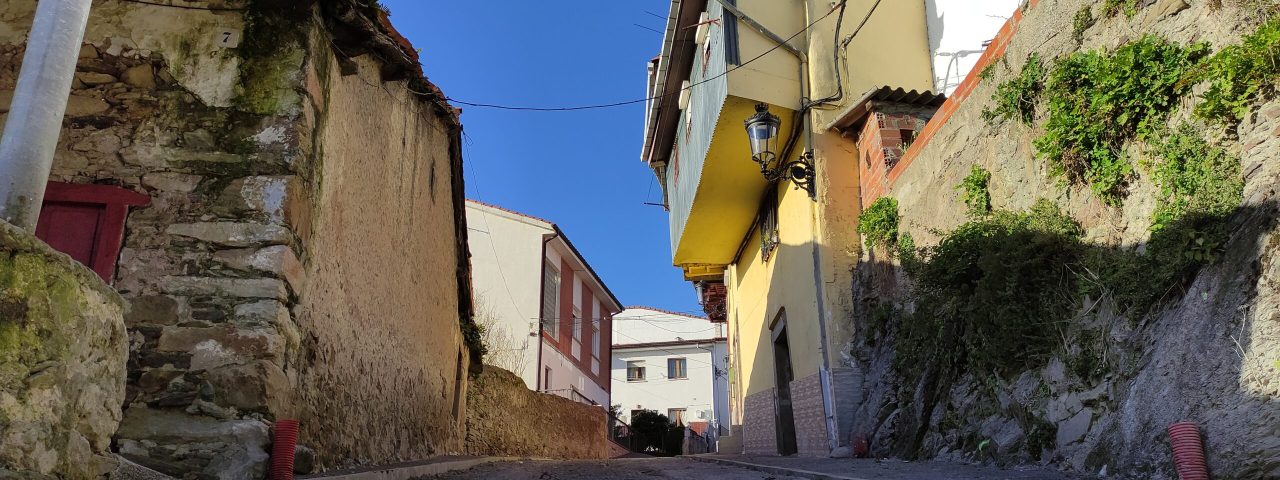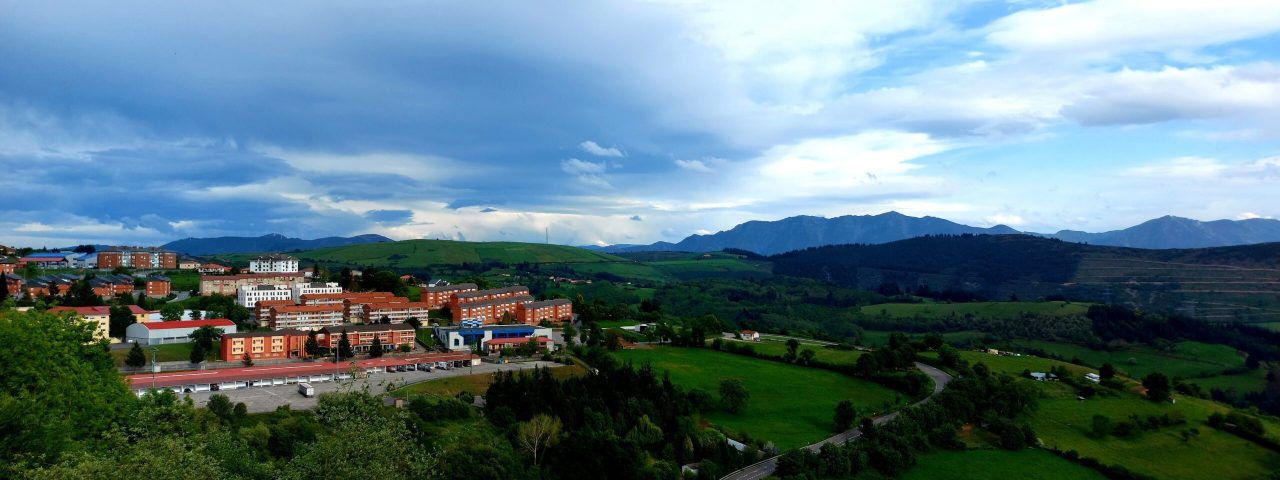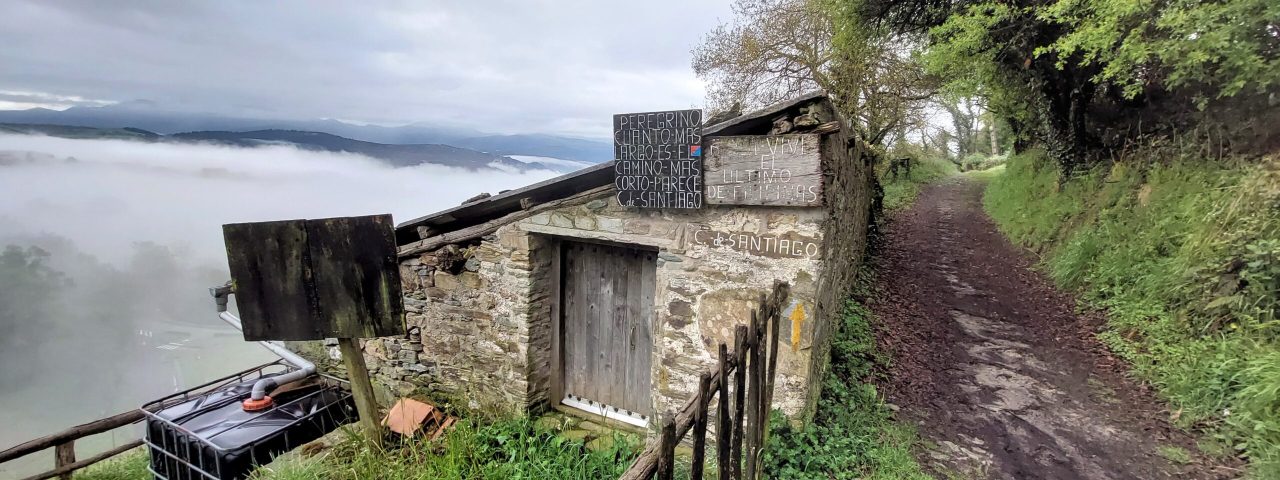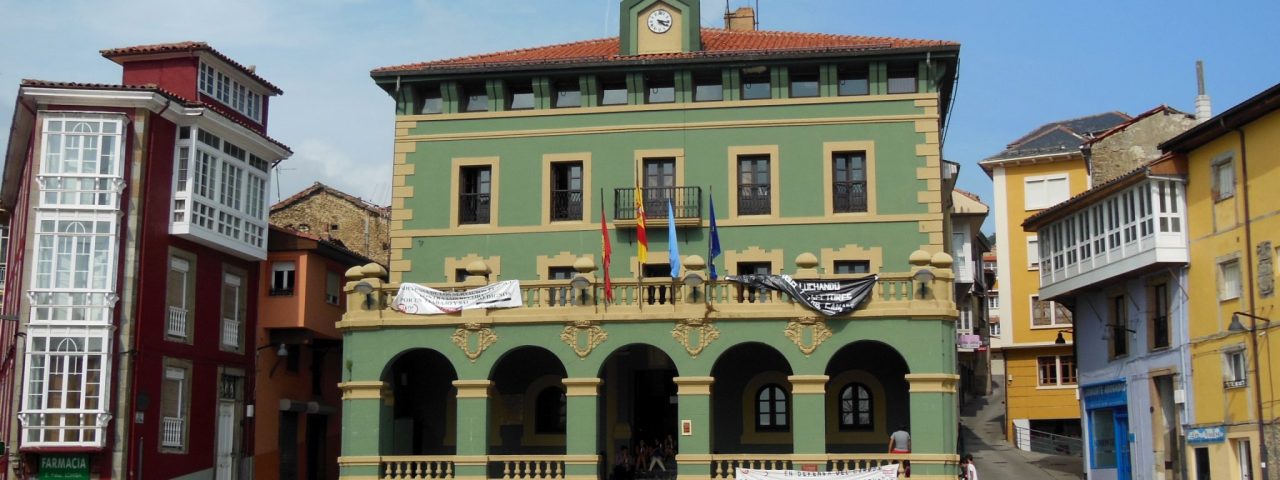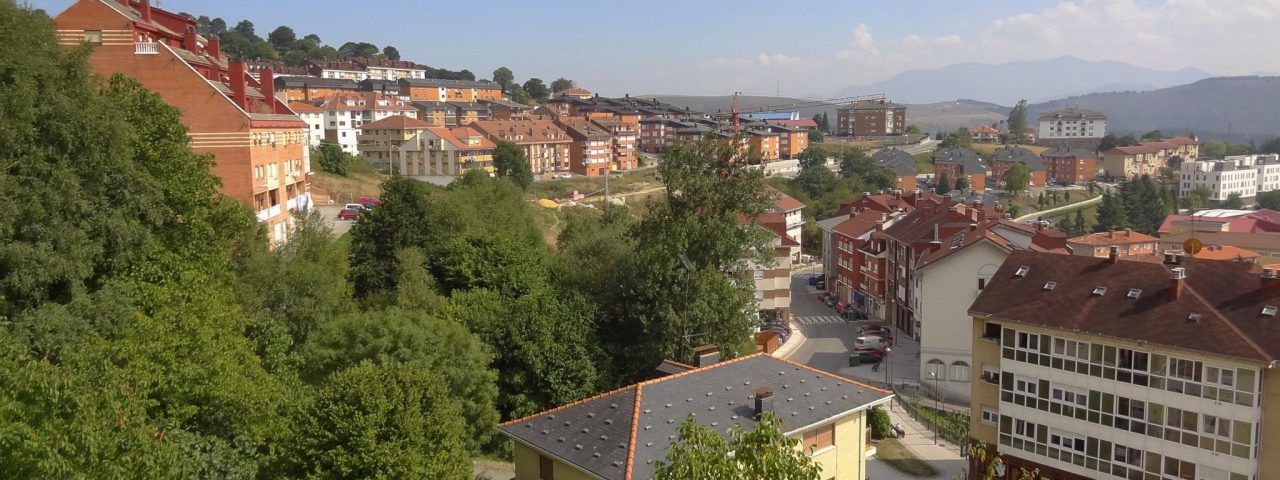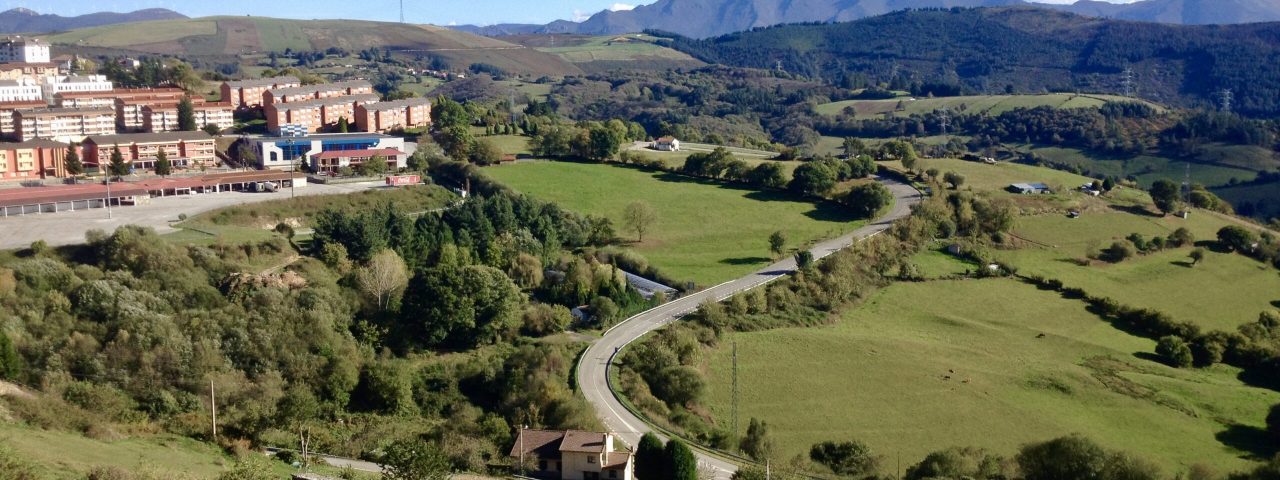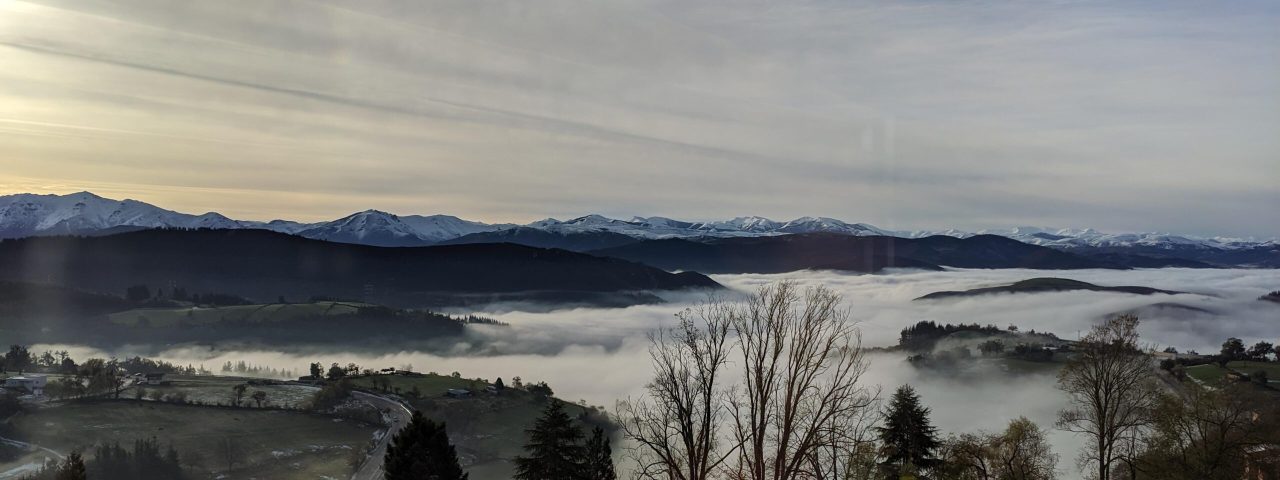Tineo has a long and storied history, dating back to Roman times when it served as a strategic settlement. Later, during the Middle Ages, it became an important town on the Camino de Santiago pilgrimage route, bringing with it religious and cultural significance that is still celebrated today. Over the centuries, Tineo has been shaped by Christian, medieval, and feudal influences, which are reflected in its architecture and traditions.
One of the most significant cultural aspects of Tineo is its connection to the Camino de Santiago. Pilgrims pass through Tineo as they walk along the Northern Route, and the town has several historic buildings that catered to these travelers. This spiritual and cultural heritage is commemorated during local festivals and in the preservation of historical landmarks.
Tineo is known for its traditional festivals, including the Fiesta de San Roque in August, a lively celebration that combines religious processions, music, and local food. The town also hosts cultural events such as folklore performances, traditional dances, and craft fairs, giving visitors a chance to experience Asturian culture firsthand. The preservation of local customs, like the making of traditional cheeses and Asturian cider, adds to the town’s cultural richness.
